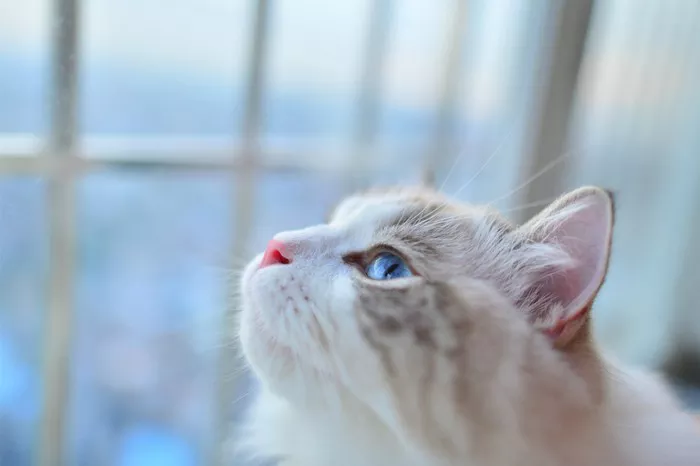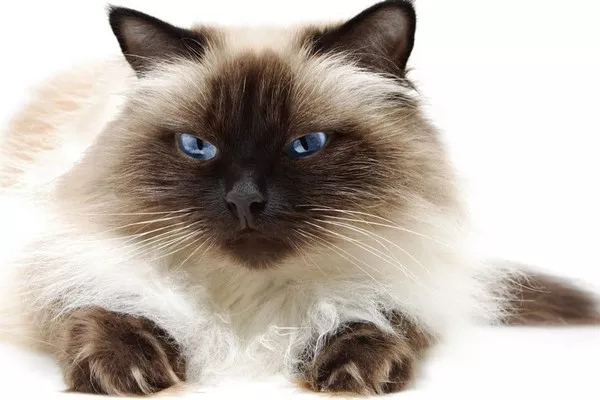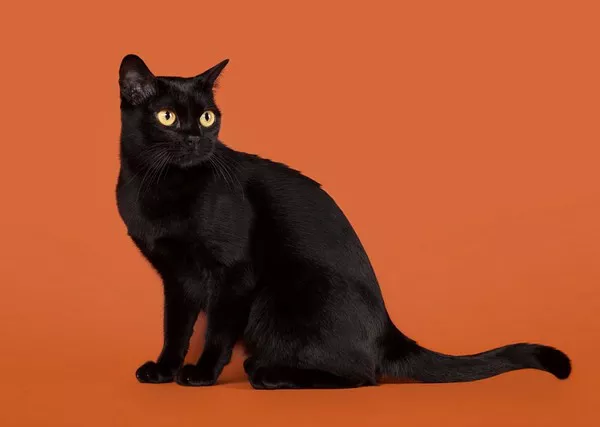Cats, with their discerning tastes and unique dietary needs, often spark curiosity among pet owners exploring various food options. Among the debated choices is the humble olive, celebrated in human cuisine for its rich flavors and nutritional benefits. In this comprehensive exploration, we unravel the mysteries surrounding olives as a potential addition to your cat’s diet. From understanding feline nutritional requirements to examining the nutritional composition of olives and potential risks, this guide aims to shed light on whether olives can be a healthy treat for your cats.
Exploring Feline Nutritional Requirements: The Cat’s Culinary Code
Cats, as obligate carnivores, have nutritional needs distinct from many other animals. Their diet primarily revolves around high-quality animal proteins, essential fatty acids, vitamins, and minerals. While it’s clear that meat forms the cornerstone of their nutrition, the introduction of certain plant-based foods often raises questions. Olives, with their unique flavor profile and nutritional content, become a point of intrigue for cat owners looking to diversify their pets’ diets.
Nutritional Composition of Olives: A Deeper Dive
Healthy Fats: Olive’s Claim to Fame
Olives are renowned for their healthy monounsaturated fats, with oleic acid taking center stage. While these fats can be beneficial for humans, cats have a limited ability to metabolize plant-based fats. This raises concerns about whether the fats in olives offer the same advantages for our feline companions.
Vitamins and Minerals in Olives
Olives boast a spectrum of vitamins and minerals, including vitamin E, iron, and copper. While these nutrients play essential roles in human health, their significance in a cat’s diet requires careful consideration. Cats, being strict carnivores, derive many of these nutrients more efficiently from animal-based sources.
Sodium Content: A Potential Red Flag
Olives often come with a high sodium content, a concern for cats who are notoriously sensitive to excessive salt intake. While sodium is a vital electrolyte for various bodily functions, moderation becomes paramount to prevent potential health issues.
Potential Benefits of Olives for Cats
Hydration Boost
Olives, especially those in brine, contain water that contributes to hydration. While water is essential for feline health, it’s crucial to note that cats primarily obtain their hydration from fresh, clean water sources. Olives can serve as a hydrating treat, but they should not replace the cat’s water bowl.
Dietary Enrichment
Introducing olives in moderation can add a layer of sensory enrichment to your cat’s diet. The different textures and flavors may appeal to your cat’s curious palate, providing a novel experience.
Potential Risks and Considerations
High Fat Content
The healthy fats in olives, while beneficial for humans, may pose a challenge for cats. Felines lack the necessary enzymes to efficiently break down and utilize plant-based fats. Excessive fat intake can lead to digestive issues and obesity in cats.
Sodium Sensitivity
Cats are prone to sodium sensitivity, and high-sodium foods like olives can contribute to elevated blood pressure and kidney issues. Monitoring sodium intake is crucial to prevent potential health complications.
Digestive Distress
The introduction of new foods, especially those rich in fats, can cause digestive distress in cats. Symptoms such as vomiting, diarrhea, or lethargy may indicate that olives are not well-tolerated.
Incorporating Olives into Your Cat’s Diet: Best Practices
Moderation is Key
When considering olives as a treat, moderation is paramount. Limiting the portion size and frequency of olive treats helps mitigate potential risks associated with their nutritional composition.
Fresh vs. Processed Olives
Opting for fresh olives over processed varieties allows for better control over potential additives, such as excess salt or preservatives. Rinsing olives before offering them to your cat helps reduce sodium content.
Observation and Adjustments
Paying close attention to your cat’s response to olives is crucial. If digestive issues or other adverse reactions occur, it’s advisable to discontinue olive treats and consult with your veterinarian.
Consulting Your Veterinarian:
Before introducing olives or any new food into your cat’s diet, consulting with your veterinarian is essential. Veterinarians possess a comprehensive understanding of your cat’s health history, specific nutritional needs, and potential sensitivities. They can provide personalized guidance on whether olives can be safely included in your cat’s diet and offer recommendations based on your cat’s unique requirements.
See Also: 8 Best Human Foods for Cats
Conclusion:
In the realm of feline nutrition, the inclusion of olives can be approached with caution and thoughtful consideration. While olives may offer certain benefits in moderation, understanding the potential risks and consulting with your veterinarian ensures that your cat’s diet remains balanced and tailored to their specific needs. By navigating the complexities of feline nutrition and treating your cat to carefully chosen delights, you embark on a journey toward fostering a healthy, happy, and well-nourished feline companion.


























